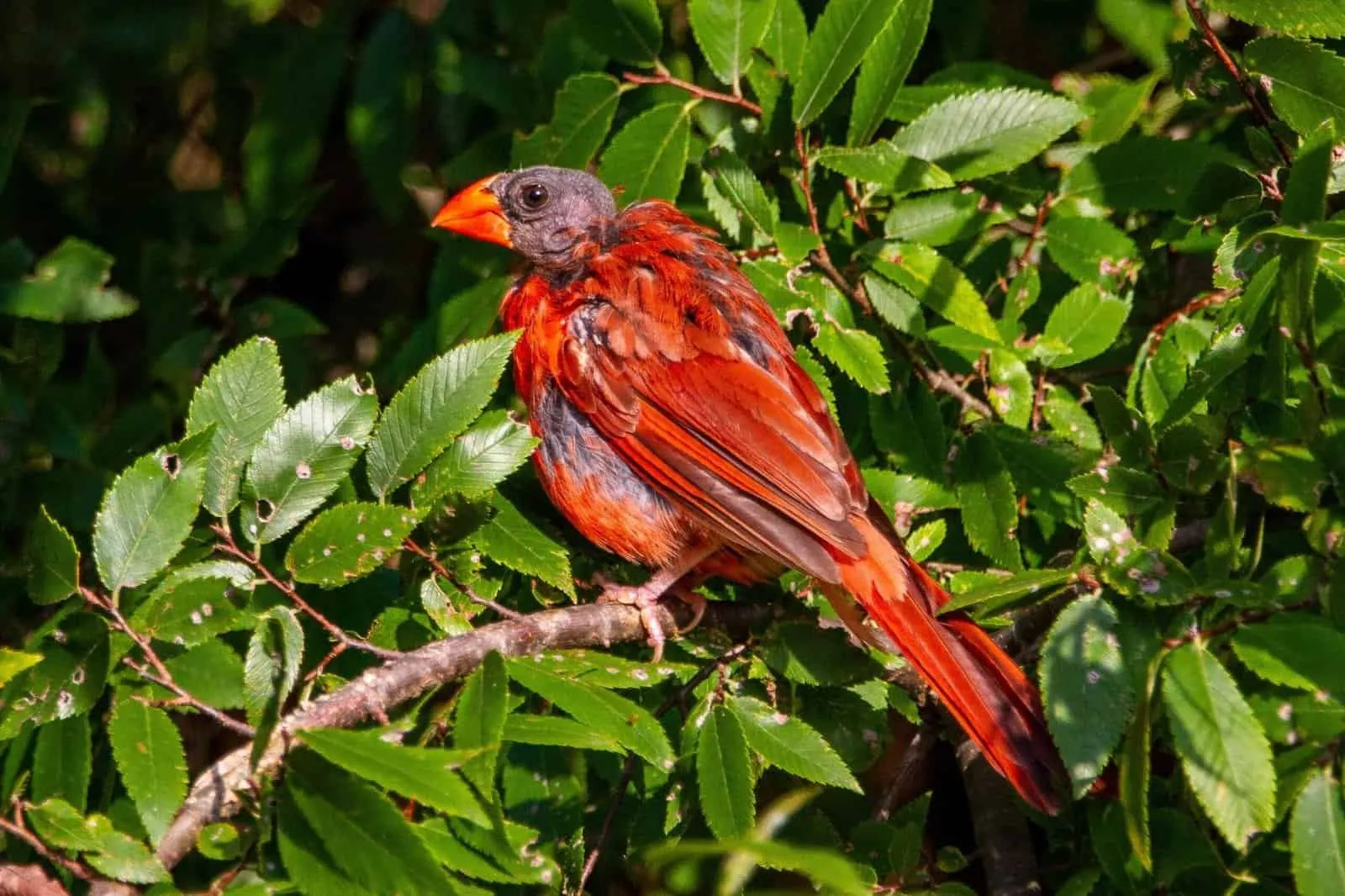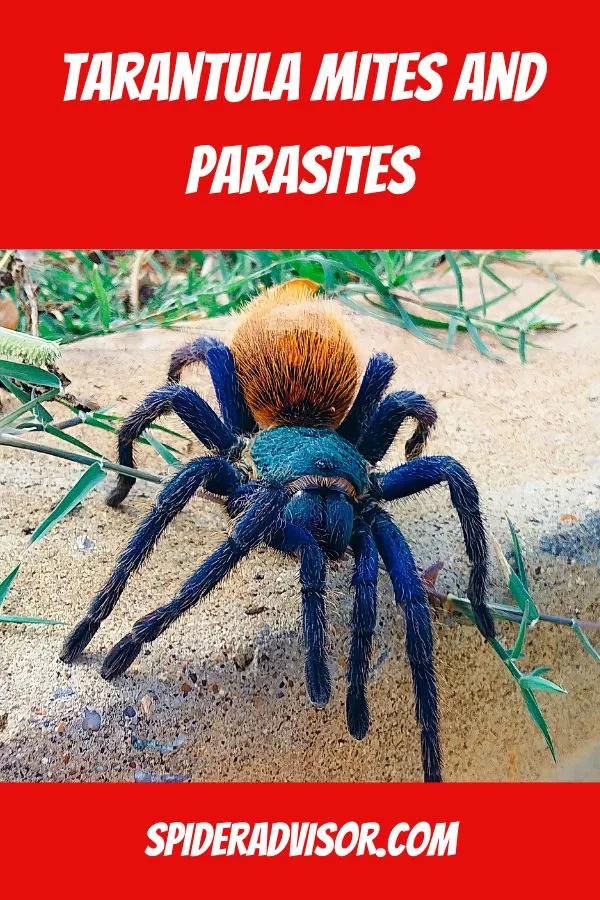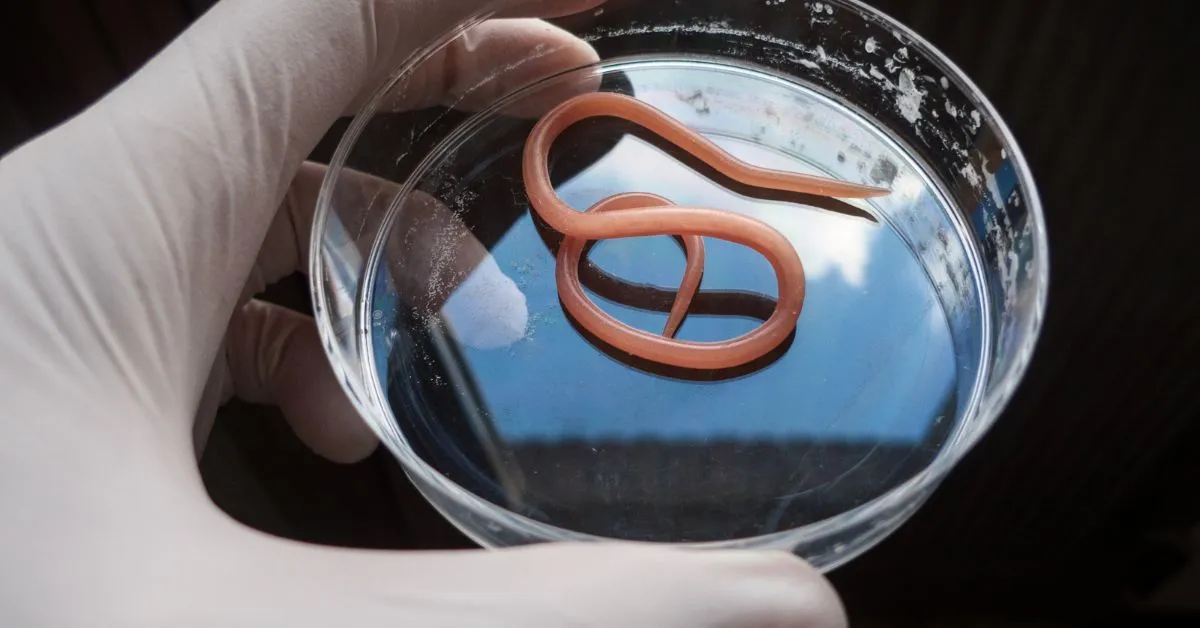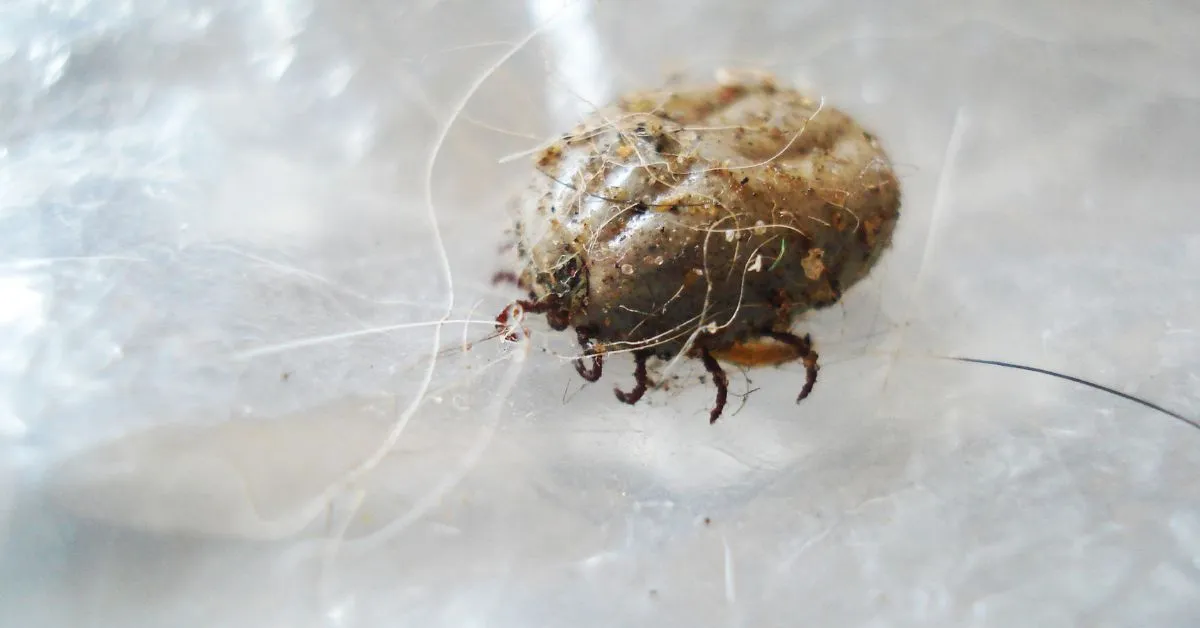Tarantula Mites Symptoms The 5 Key Signs
Tarantula mites are a common problem for tarantula owners, and recognizing the symptoms early is crucial for your pet’s health and well-being. These tiny pests can cause significant stress and discomfort to your tarantula if left untreated. This guide provides a comprehensive overview of the top 5 signs of tarantula mites, helping you identify and address infestations promptly. Understanding these symptoms is the first step in ensuring your tarantula lives a long and healthy life. Regular monitoring of your tarantula and its enclosure is paramount to catching any issues before they escalate, which will save you a lot of trouble.
Red or Brown Mites Visible on the Tarantula
The most apparent sign of tarantula mites is the direct visual identification of the mites themselves. These pests are typically red or brown and are often very small, resembling tiny moving dots. They are often found clustered on the tarantula’s body, especially around the joints, the book lungs, and the abdomen. Observing these mites directly is a clear indication of an infestation. They might also be seen crawling on the substrate or the sides of the enclosure. The presence of these visible mites is a definitive sign, and immediate action is needed.
Mites Commonly Found on Tarantulas

Several species of mites can infest tarantulas, but the most common are those that feed on their hemolymph or blood, as well as detritus and other organic matter. The color of the mites can sometimes help in identification, but it is more important to look for their behavior and location on the tarantula. Some mites might be reddish or brownish and are usually the most visible. The key is to spot them early and prevent them from taking over. They can reproduce quickly, which is why regular checks are a necessity.
Excessive Grooming Behavior
One of the initial behavioral changes you might notice is your tarantula grooming excessively. They will spend an unusual amount of time grooming their legs, pedipalps, and body. This behavior is an attempt to dislodge or remove the mites. While tarantulas groom themselves regularly as part of their hygiene, an increase in frequency and intensity is a strong indicator of a problem. Pay attention to how often your tarantula grooms and whether it seems agitated or distressed during the process. This is especially important if you notice the tarantula rubbing its legs together or against the substrate more frequently.
Increased Irritability and Aggression
Mite infestations can cause significant stress, leading to changes in your tarantula’s temperament. A tarantula that is usually docile might become more irritable or aggressive. It might display defensive postures more readily, such as raising its front legs, showing its fangs, or flicking urticating hairs. Be cautious when handling a tarantula that is showing signs of increased aggression, as it is likely feeling threatened and uncomfortable due to the mites. This change in behavior is a signal that something is wrong and requires investigation.
Lethargy and Loss of Appetite

Mite infestations can also lead to lethargy and a loss of appetite in your tarantula. The tarantula might become less active than usual, spending more time hiding or staying still. They may also refuse to eat, which can be a serious sign of illness. Keep a close eye on your tarantula’s eating habits and overall activity levels. If your tarantula becomes sluggish and stops eating, it could be a sign of mite infestation or another health issue. This is a concerning symptom that requires immediate attention.
Abnormal Molting Problems
Mites can also interfere with the molting process. A tarantula infested with mites might have difficulty molting, leading to incomplete or problematic molts. You might see the tarantula struggling to shed its old exoskeleton, or parts of the old exoskeleton might remain attached. This can be a very stressful and potentially dangerous situation for the tarantula. If you notice any issues with molting, examine your tarantula for mites. Providing a suitable environment for molting is crucial, and this includes appropriate humidity and a stress-free environment.
Symptoms of Mite Infestation
Recognizing the symptoms of a mite infestation is crucial for the health and well-being of your tarantula. Visible mites are a clear sign, but changes in behavior can also indicate a problem. The tarantula may groom excessively, become more irritable, or lose its appetite. Molting difficulties can also be a symptom. If you see any of these signs, carefully inspect your tarantula and its enclosure for mites. Prompt action can prevent the infestation from worsening and ensure that your tarantula remains healthy and comfortable. It is always best to act fast, so do not hesitate to consult with a veterinarian that has experience with arachnids.
How to Inspect Your Tarantula for Mites

Regular inspection is key to catching a mite infestation early. Inspect your tarantula and its enclosure at least once a week, or more frequently if you suspect a problem. Proper lighting and a magnifying glass can be helpful tools for spotting these tiny pests. Be patient and thorough, as mites can be hard to see. Inspecting your tarantula carefully, and regularly, is a great way to identify issues early on. This can help with preventative measures.
Examining the Carapace and Abdomen
The carapace (the top shell of the cephalothorax) and the abdomen are prime locations for mites. Look closely for small, moving specks, especially near the book lungs on the abdomen. Mites often cluster in these areas. Use a bright light and a magnifying glass if necessary. Check these areas carefully, as mites often like to settle in hidden areas where they can feed and reproduce. Make sure to check all areas thoroughly.
Checking the Legs and Pedipalps
The legs and pedipalps are other common areas where mites can be found. Inspect the joints and the spaces between the legs carefully. Mites can also hide in the small hairs and crevices of the legs and pedipalps. Look for any unusual movements or tiny specks on these appendages. Mites often like to hide in areas where they can feed and reproduce, so it is always a good idea to check these areas carefully. The pedipalps can be particularly susceptible.
Preventing Tarantula Mites

Prevention is always better than cure, and there are several steps you can take to minimize the risk of a mite infestation. A clean environment and proper quarantine procedures are essential. Maintaining the proper conditions for your tarantula helps keep it healthy and resistant to pests. Be diligent in your maintenance routines and follow the steps that will reduce any chances of an infestation. Preventing mites is not a difficult task, but it does require consistent effort.
Maintaining a Clean Enclosure
Regular cleaning of the tarantula’s enclosure is critical to prevent mites. Remove uneaten food and shed exoskeletons promptly. Replace the substrate regularly, and clean the enclosure with a reptile-safe disinfectant. A clean enclosure is less likely to harbor mites. Ensure good ventilation to prevent the buildup of moisture, which can also attract mites. Cleaning the enclosure regularly can prevent a wide array of issues, and it is an important part of tarantula care. A clean enclosure helps prevent issues from starting in the first place.
Quarantine New Tarantulas
Always quarantine new tarantulas for at least 30-60 days before introducing them to your existing collection. Keep the new tarantula in a separate enclosure and observe it carefully for any signs of mites or other health issues. This will prevent the spread of mites if the new tarantula is infested. During quarantine, you can monitor the tarantula closely, which increases the chance of finding any issues early on. Quarantining new tarantulas is crucial to protect other tarantulas from any potential pest infestations.
Regular Inspection and Monitoring

Regularly inspect all your tarantulas and their enclosures. Early detection is key to preventing a mite infestation from spreading. Check all areas of the tarantula, including the carapace, abdomen, legs, and pedipalps. Also, inspect the substrate and the walls of the enclosure. If you notice any signs of mites, take immediate action to treat the infestation and prevent it from spreading to your other tarantulas. This proactive approach will help you stay on top of the health of your collection.
